Japan reels after massive quake and tsunami
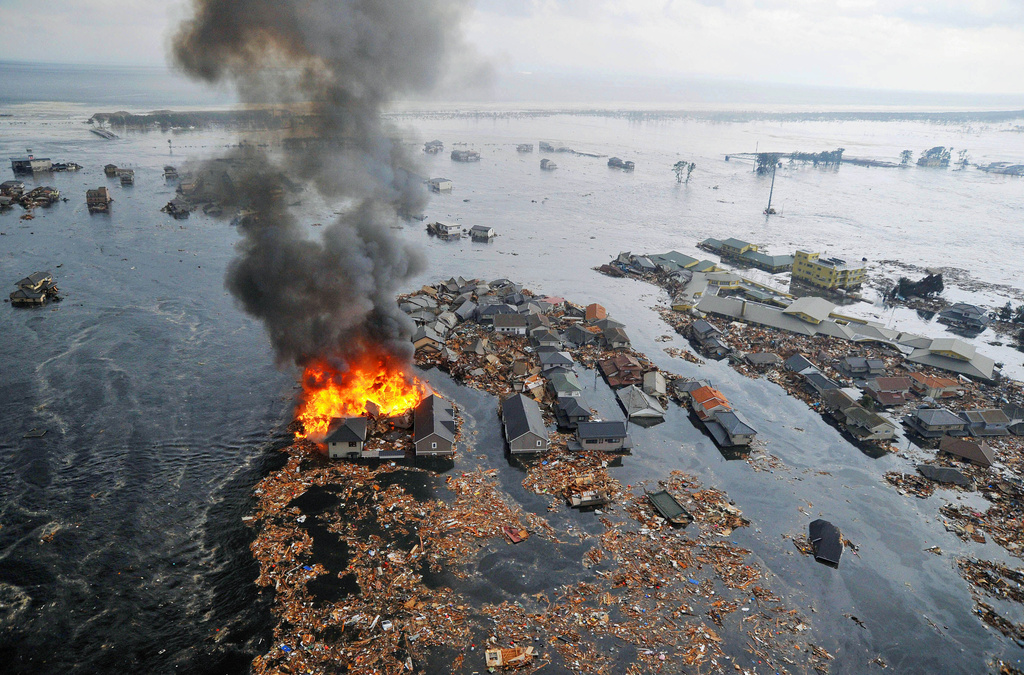
The powerful earthquake off the northeastern coast of Japan and the resulting devastating tsunami have left more than 1,000 dead and a trail of destruction.
Dozens of countries, including Switzerland, have offered their help after seeing television pictures of houses, ships and cars being tossed around like toys in the disaster.
A second major tremor, with a magnitude of 6.6 struck, central Japan in the early hours of Saturday morning, local time. The epicentre, about 170 kilometres north of Tokyo, was in a completely different location from the first.
The Geneva-based International Committee of the Red Cross, working with the Japanese Red Cross, has set up a Family Links website to help people make contact with friends and family who might have been affected.
Two experts at the Swiss Federal Institute of Technology (ETH) in Zurich have been explaining to swissinfo.ch the mechanisms of earthquakes and tsunamis, and what measures can be taken to avoid the worst consequences.
swissinfo.ch spoke first to seismologist Domenico Giardini.
swissinfo.ch: Could the earthquake with a magnitude of 8.9 have been expected?
Domenico Giardini: An earthquake on a scale of 8.5 or higher is possible in this area of the coast and is part of the scenarios that the experts consider.
Now you’re wondering if over the last few days when tremors of 7.3 were recorded, these could be regarded as warning signs of a major earthquake. As far as we know, our Japanese colleagues interpreted the shocks of recent days as a sequence in their own right and not as the beginning of something new.
It is still difficult to know why they did not see these shocks as a warning of an earthquake of that magnitude.
swissinfo.ch: Can we expect an earthquake on the same scale again in the days to come?
D.G.: On such a scale, it would be difficult, because the main part of the fault has already been torn apart. We can, however, expect a magnitude 8 earthquake in the southern part of the fault.
swissinfo.ch: Japan, a country that has committed itself more than others in terms of preventive measures and security, seemed surprised and was maybe caught a little off guard by the earthquake. Why?
D.G.: When you take preventive measures, you think you have considered everything. Japan still has vivid memories of the Kobe earthquake. Since that time, massive programmes for monitoring, research and rapid response have been initiated. Some of these measures have worked, but if this earthquake has taken Japan a bit off guard, it is probably because it exceeds all expectations.
swissinfo.ch: What preventive measures were adopted in Japan and how effective were they?
For example, all ports in northern Japan are protected by high concrete barriers with steel bulkheads that are closed when the tsunami alarm is sounded, although the wave of the tsunami has hit areas that were not protected and affected houses and homes.
In other parts of the world, such as the island of Sumatra or Haiti, similar quakes have resulted in hundreds of thousands of victims. In the case of Japan, the losses are much lower. The damage can be repaired. The level of preparedness of a country can be seen from this.
swissinfo.ch also turned to Willi Hager, a tsunami expert at the ETH’s Laboratory of Hydraulics, Hydrology and Glaciology to ask about the speed of a flood wave.
Willi Hager: The speed of a tsunami, paradoxically called in technical language a shallow-water wave, depends on the depth of water above the epicentre of the earthquake. It can be worked out relatively easily.
If the water is 100 metres deep, there is a speed of 33 metres per second or about 100 kilometres per hour. If there is a depth let’s say in an extreme case of 10,000 metres in the Japan trench, that would result in a tsunami moving at 330 metres per second. That means 1,100km per hour or the speed of sound.
In other words with the right depth of water, a tsunami can move faster than a commercial aircraft.
swissinfo.ch: The rescue services in the area of Sendai have apparently broken down as a result of a wave reaching up to ten metres high. Is protection against such a giant wave at all possible?
W.H.: It is often the case that tsunamis at sea are much lower than when they arrive at a coastline. On the open sea, you can’t see them, even if they are several metres high, because tsunamis typically have a wave length of hundreds of kilometres.
When they arrive at the coast, they come together, gain in height and smash everything which gets in their way. The only possibility for escape is to sound an alarm so that people can flee to higher locations, for example a hill. Buildings are also a possibility but you have to be careful that they are built in such a way as to be able to withstand the massive force.
It is pointless to go into the water as some people did in the tsunami catastrophe of 2004. Experience showed that there is no chance of survival in the water.
At that time there were also the fatal consequences of water carrying along panes of glass, cars and even trees. Even inland, people stood no chance if they were hit by such objects.
swissinfo.ch: Is the best early warning system of much use when the epicentre of such a quake is near the coast?
W.H.: No, because people have little or no time to save themselves. They need a warning of at least several minutes.
People also have to know precisely how to behave when such an alarm is sounded.
Some of the most devastating earthquakes in recent times struck last year.
The largest quakes in Haiti, Chile and New Zealand claimed well over 200,000 lives, almost exclusively in Haiti, and caused an estimated $50 billion (SFr46.7 billion) in damage to the economy.
Losses varied substantially across affected regions. In the case of Chile and New Zealand, events showed that strict implementation of building codes saved lives by significantly reducing building damage.
On a worldwide basis, natural disasters cost insurers $22 billion in 2009. However, compared with previous years, 2009 was a low loss year.
Historically,disaster losses have been highly volatile, but with a strong upward trend.
(source: Swiss Re, Zurich)
More than a million tremors are measured world wide each year.
Fifteen per cent of the earth’s surface is at risk of suffering a severe quake.
Earthquakes occur mainly in regions at the edge of tectonic plates.
Ninety per cent of all the earthquakes measured in the world occur around the Pacific rim.
(Adapted by Robert Brookes)

In compliance with the JTI standards
More: SWI swissinfo.ch certified by the Journalism Trust Initiative

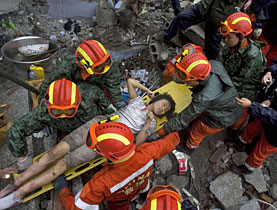

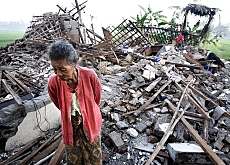
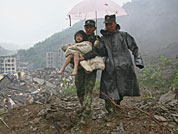
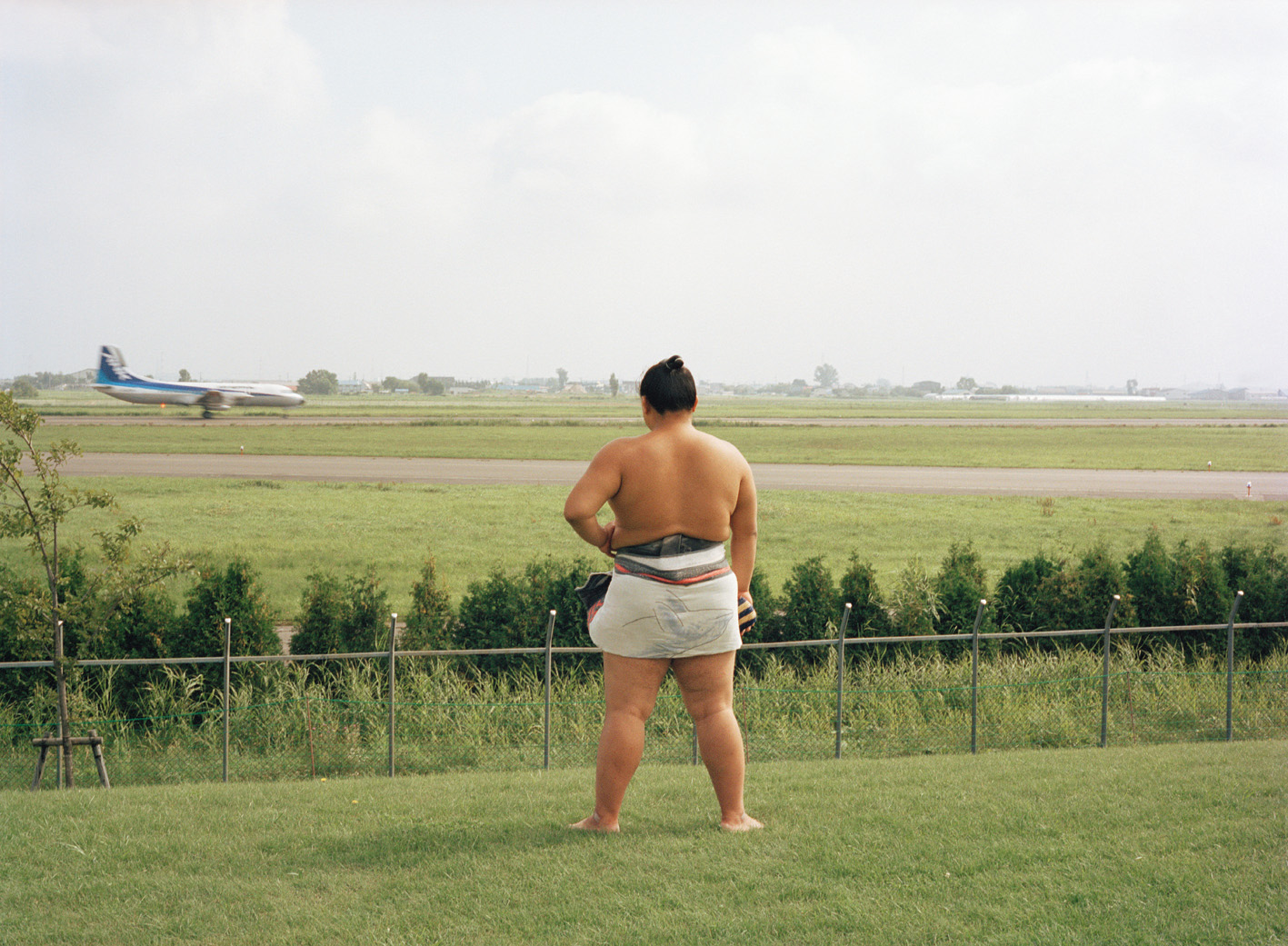
You can find an overview of ongoing debates with our journalists here. Please join us!
If you want to start a conversation about a topic raised in this article or want to report factual errors, email us at english@swissinfo.ch.